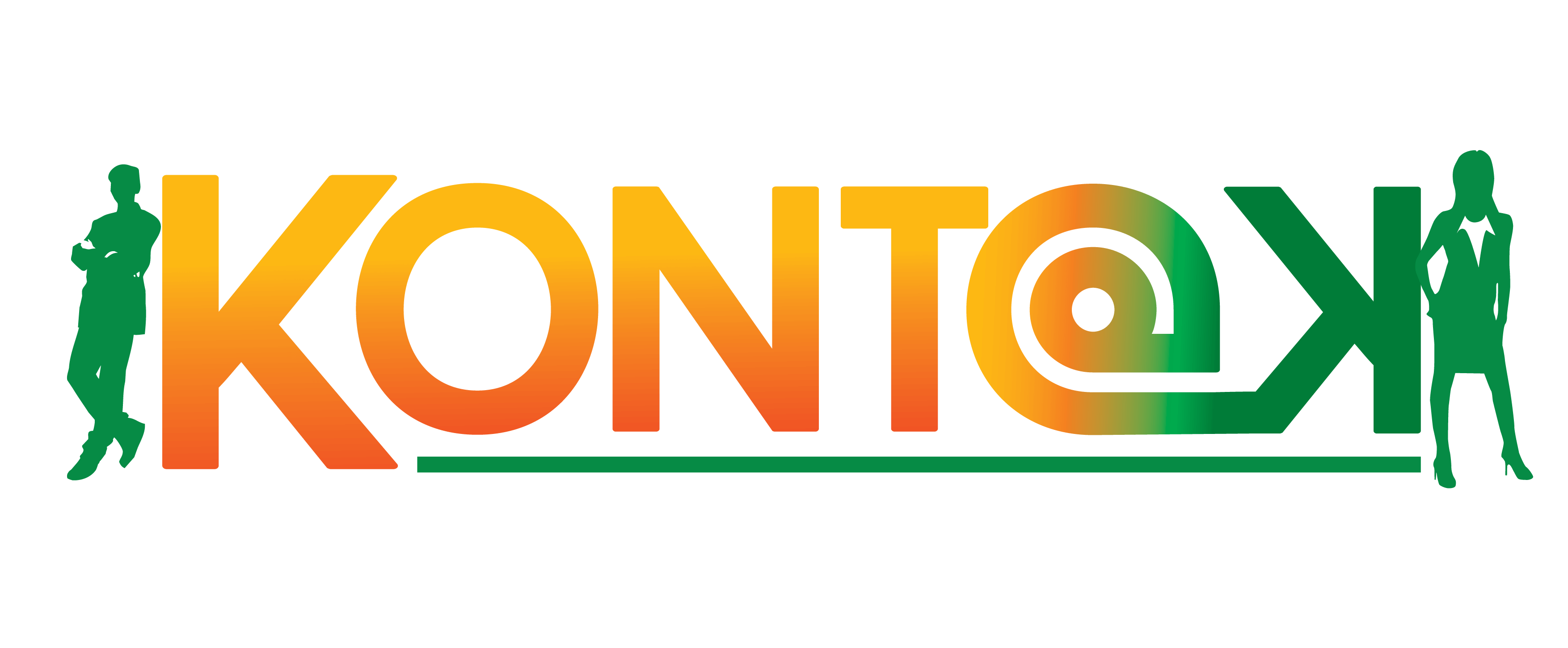Cover Letter Example - How to write a cover letter
9 Steps on how to write a cover letter
A Cover letter provides you, as the job seeker, with an opportunity to introduce yourself and give the potential employer or recruiter a glimpse of who you are and of your personality. Follow the 9 Steps to write the best cover letters.

Cover Letters: Writing a cover letter for your CV
What is a cover letter?
A cover letter , cover lettering, motivational letter or letter of motivation is defined as a letter of introduction which is attached to or accompanying your resume or curriculum vitae.
What is the purpose of a cover letter?
A Cover letter provides you, as the job seeker, with an opportunity to introduce yourself and give the potential employer or recruiter a glimpse of who you are and of your personality. The main purpose of a cover letter is to introduce yourself to the company or organisation. A cover letter is your chance to show your interest in the company or a specific vacancy, draw attention to your CV and to motivate the potential employer or recruiter to interview you.

The type or kind of job that you are looking for as a job seeker should be mentioned in your cover letter, you should show that your skills and expertise do match the required skills and experience needed to do the job.
As a job seeker you should encourage the potential employer or recruiter to read your resume or CV. The cover letter should be finished off with a call to action, in other words, asking for an interview or a meeting.
Cover letters are being used less these days. A potential employer may want to gain insight into who you are and may still request that a cover letter be included along with your CV in your job application.
Your cover letter should explain why you are the candidate of choice and should show that your CV gives evidence of this. As a job seeker if is recommended that your cover letter be adapted for each job post that you are applying for; avoid using a generic cover letter, personalize your cover letter for each job application.
9 Steps to writing a cover letter:
Include in your cover letter:
- Your name and your contact details: This should be your phone number and email address. Ensure that your contact details are well placed on your cover letter and that they are easy to find for the potential employer or recruiter.
- The cover letter, where possible, should be addressed directly to the relevant recruiter or hiring manager.
- The job title of the particular vacancy that you are applying for should be included in the cover letter.
- The cover letter should show the recruiter or hiring manager why the job role and the particular company are of interest to you. This is your opportunity to demonstrate your knowledge of the position as well as the organisation.
- Include in your cover letter a list of your relevant job skills. A summary of your skills and experience that match the job description of the advertised post should be included. Summarize the skills that you have that best match the job role that you are applying for. Touch on your education and the core job competencies that make you an ideal match for the job role.
- Highlight in your cover letter your achievements relevant to the job post, give the recruiter or hiring manager insight into results that you have achieved or delivered in similar job functions at previous employers.
- Your cover letter should be brief, to the point and kept to a maximum of one page.
- Finish off your cover letter by asking the recruiter or hiring manager to contact you, ask them to read your CV or resume and to contact you for a meeting or interview. This is your call to action on your cover letter.
- Proof read your cover letter, does it make sense to you. Ensure use of proper grammar and spell check your work.
Example of how-to layout a cover letter:
Dear ( Recruiter/Hiring Manager’s Name)
Introduction paragraph:
Use this paragraph to describe the role that you are applying for, why you are interested in this job and the company itself, and what makes you a good fit.
Second paragraph:
List your relevant skills, you should include a summary of how your skills and experience match the job description of the advertised post. Summarize the skills that you have that best match the role that you are applying for, touch on your education and core competencies that make you the ideal match for the job.
Closing paragraph:
Emphasize why you are interested in the post and why you are a good fit and use this section to describe how you could possibly contribute to the organisation if they were to hire you.
Call to action:
Ask the reader to move forward with your application, ask them to read your resume or CV, ask them to contact you for an interview and remember to thank the reader .
Greeting:
Sincerely,
Your Name
Cover Letter
cover Letter Example
cover letter writing
Cover letter for your CV
Cover letter of cv
How a cover letter is written
© Copyright Kontak Recruitment 2020
